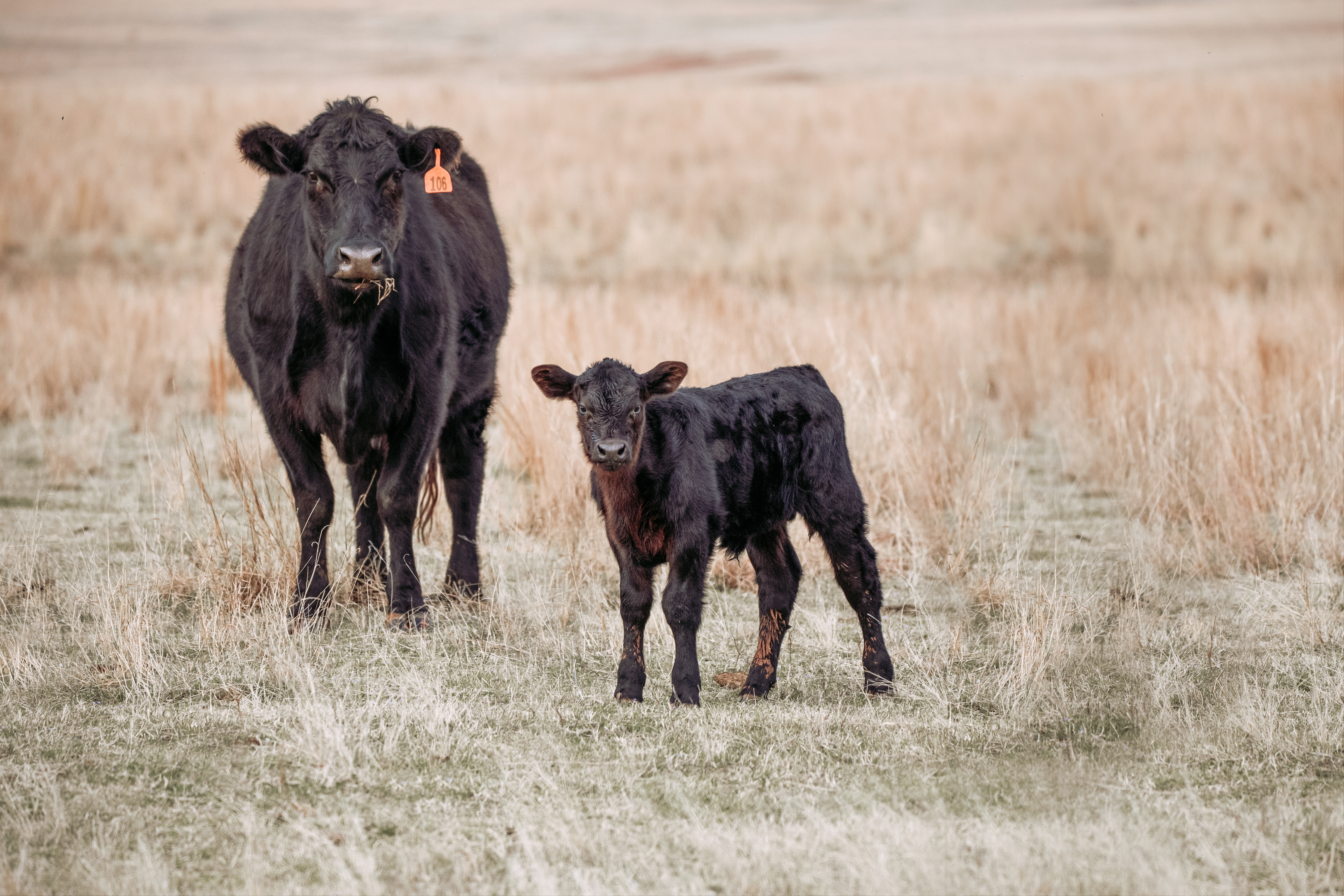The Case for Late Spring/Early Summer Calving

As a native-born Montanan raised in the ranching country of Stillwater County, I grew up working various cattle and horse operations. As some may know, I left Montana for 40 plus years to make a living and returned in August of 2003 to begin a third career in Real Estate. My love and interest in ranching and cattle operations provided me with motivation to study current trends in livestock operations.
One of my first discoveries was the science of rotational grazing. That research led me to research advantages of late spring/early summer calving. I grew up during a period when most ranchers calved in March and April and then the trend was to calve even earlier, in February. Typically, back in the late 1950’s and early 1960’s, February was a colder but drier month which tended to support that move.
February weather during recent years has arrived with more snow and cold than normal and that has made the chore and management of calving under those conditions even more challenging. In addition, those conditions place an even higher stress on the mother cows and increase the demand for supplemental feed. Calf losses from those weather conditions can be high.
A successful Montana rancher observed that wild mammals do not have their babies before late May or June, so nature is telling us something. Calving in the May/June time frame puts these babies on the ground under much more ideal weather conditions. It makes the chore of managing the calving of a herd much easier. Grass is greening and is available to the cows and the calves start grazing at an earlier age, making the requirement for hay much lower. Ranchers that also practice rotational grazing have a significant business and financial advantage as they commonly have eliminated haying and the cost of that equipment. Typically, these ranchers have found that purchasing a 30-day supply of hay to support their herds during a blizzard is all they require to supplement their rotational grazing. At a minimum, hay and supplemental feed costs are greatly reduced as calving is happening when high quality grass is available.
The study that I have seen discovered that June calving cows were fed an average of 327 lb. of supplement per cow year while cows calving in February and March were fed and average of 3,947 lb. per cow year. June calves that were weaned at the same number of days of age averaged 35 lb. lighter but this was offset by January calf prices trending higher for the same weight of calf sold in October. The combination of less labor/man hours and less hay fed made the June calves more profitable at weaning time.
This study did offer the concern that the breeding season is extended into a much warmer weather cycle, but that concern was magnified in areas of high humidity with no night cooling. Late spring/early summer just might be well worth considering.



